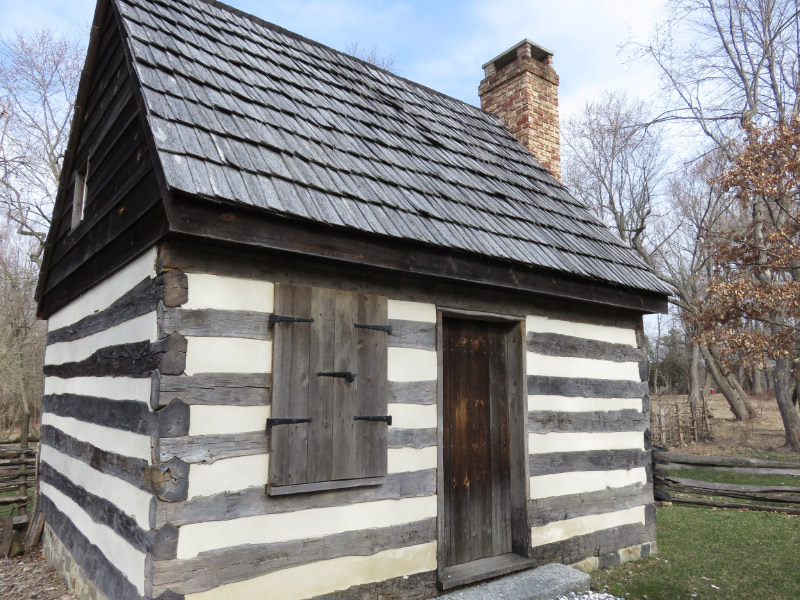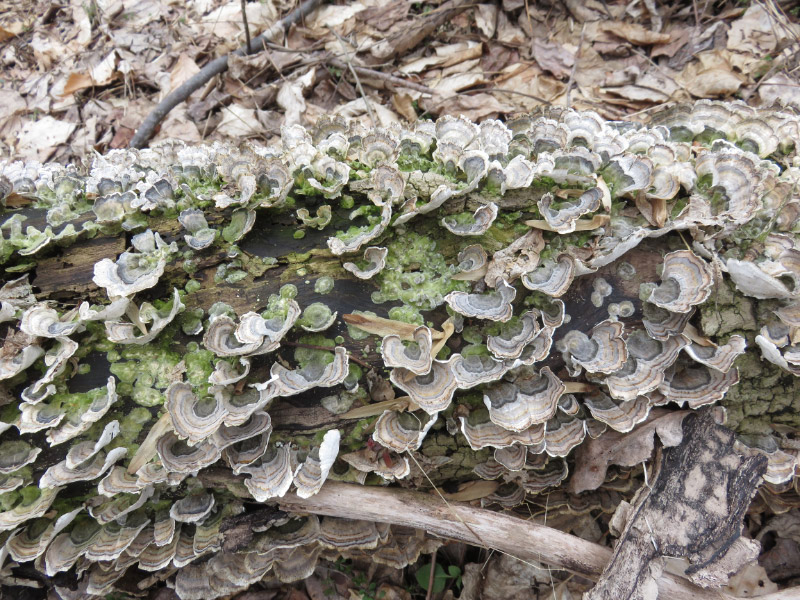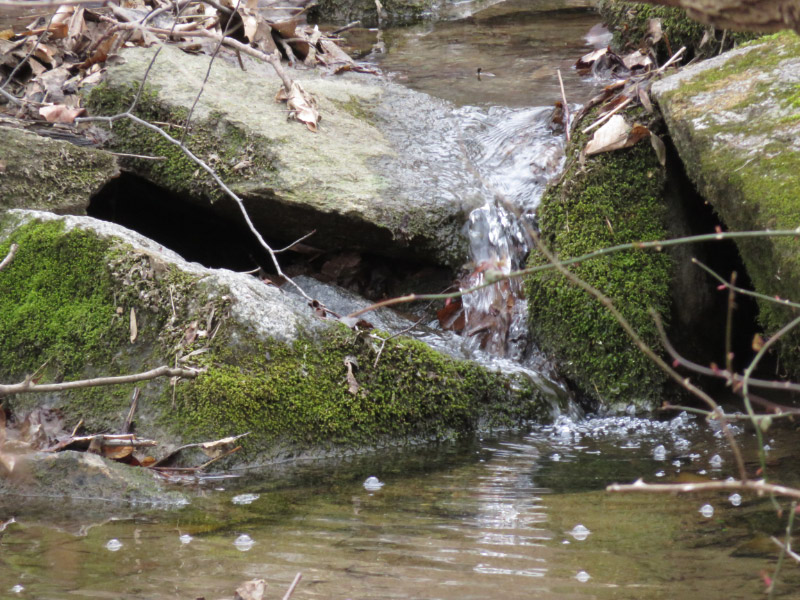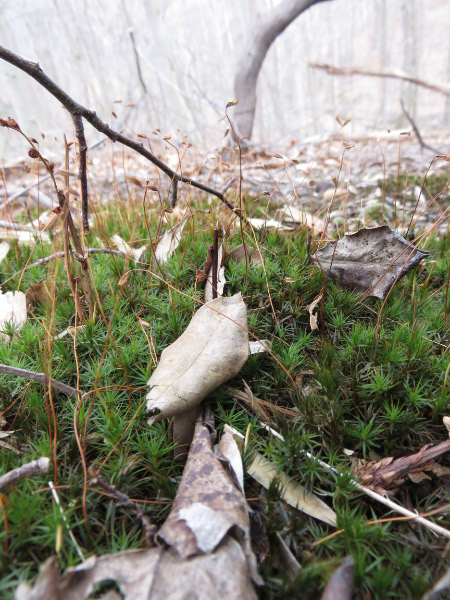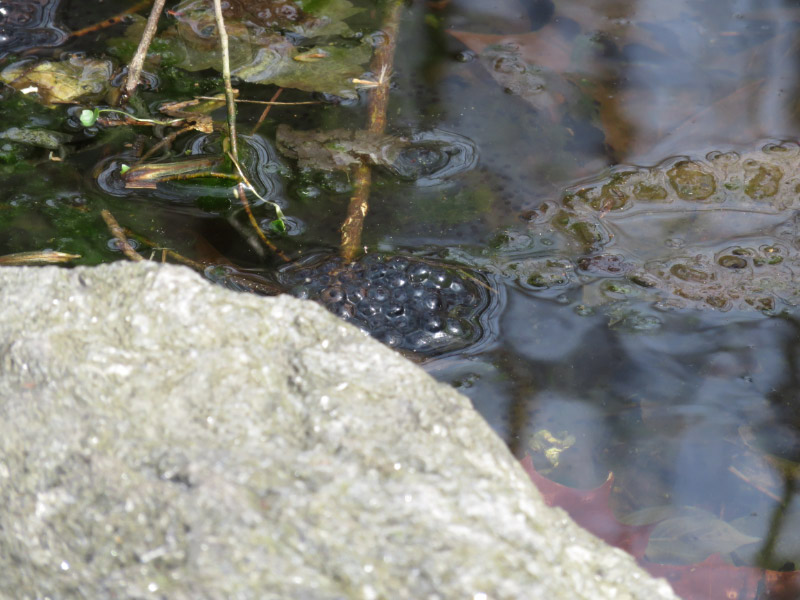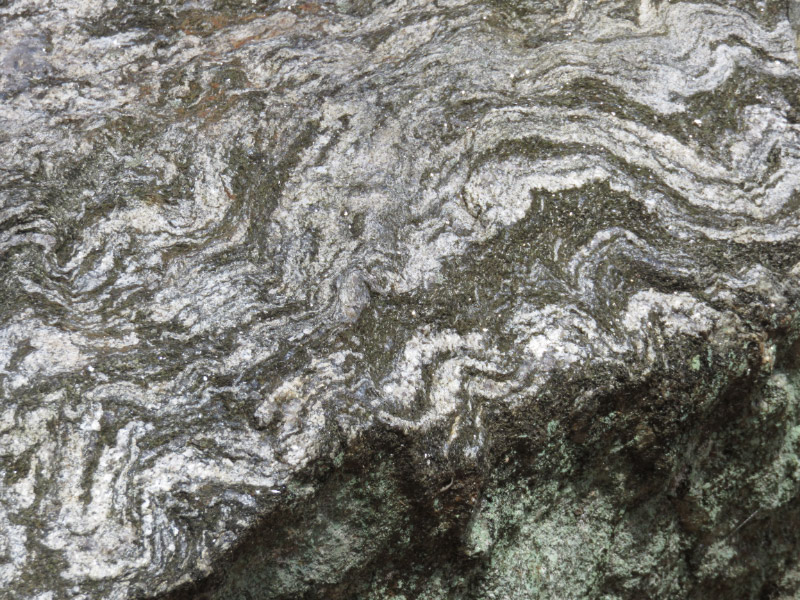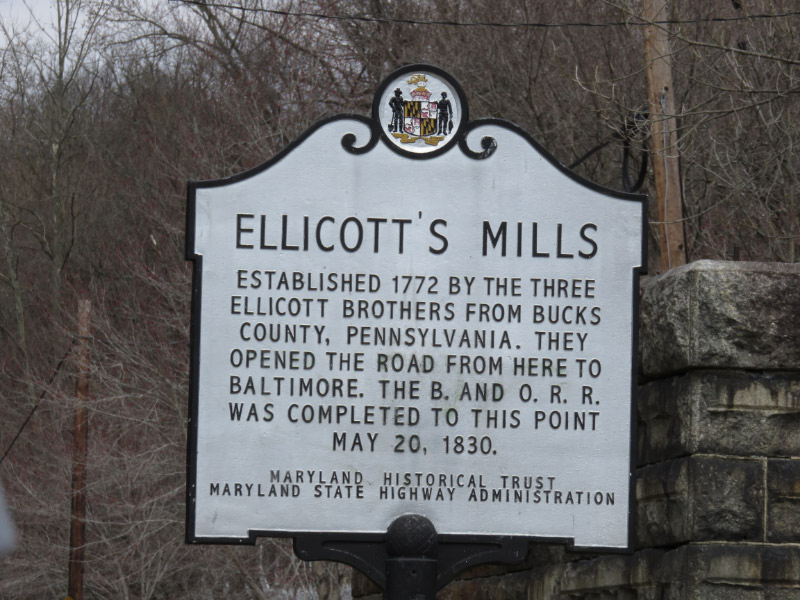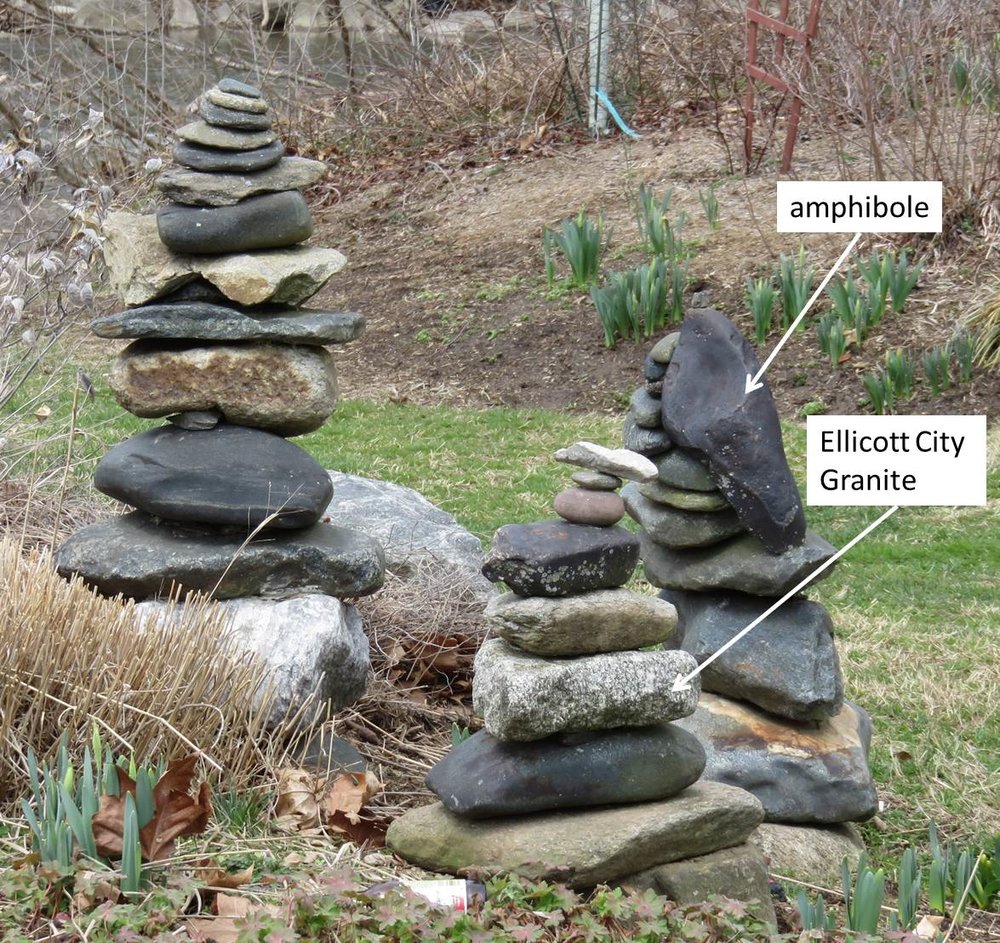Nature and History Hiking
/There are lots of ‘stories’ that we create for ourselves while hiking. Hiking is active and invites narrative. The theme can be about interaction with an animal or plants or a hiking partner. There could be an activity done with hiking that becomes part of the story: photography, bird watching, climbing, camping, etc. Recently - I’ve been creating stories using the history theme.
 The longest timeframe history is in rocks - in layers. It is easy for this narrative to emerge when hiking the Grand Canyon…..the feeling of the vast amounts of time for water to wear away the rock is part of the place.
The longest timeframe history is in rocks - in layers. It is easy for this narrative to emerge when hiking the Grand Canyon…..the feeling of the vast amounts of time for water to wear away the rock is part of the place.
Sometimes rocks tell history with a shorter timeframe. For example, rocks along trails in areas that are near developments show up in buildings; the Master Naturalist hike along the Trolley Trail early this year was an example for me of rocks linking to history of the past few hundred years. A building not far from the trail was built of Ellicott City Granite with bits of amphibole for contrast.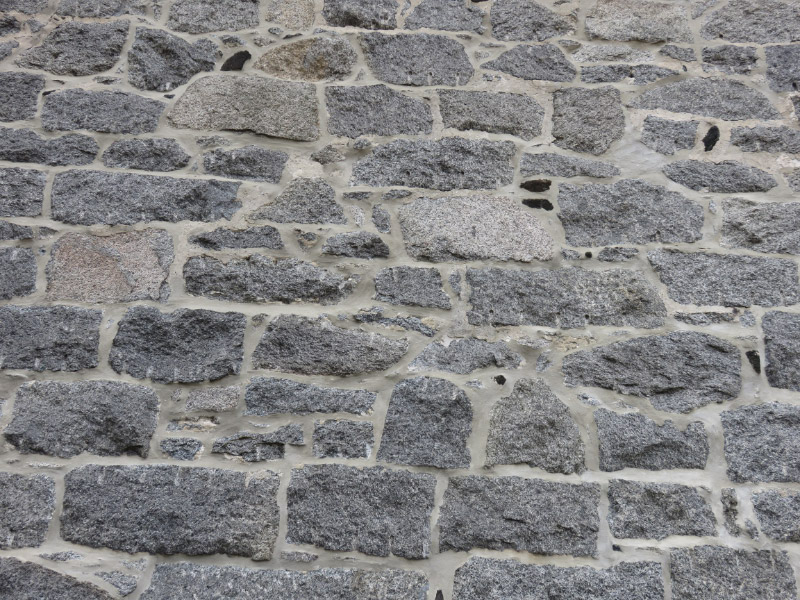
Human impacts. Sometimes the changes caused by humans are evident along a hiking trail. Trash is always unwelcome and we may not hike that trail again - or help in a clean up project. It is a sad story. In fact - lots of the impacts are sad: eroded stream banks from changes in runoff patterns from housing developments and invasive plants. Many of the impacts happen quickly.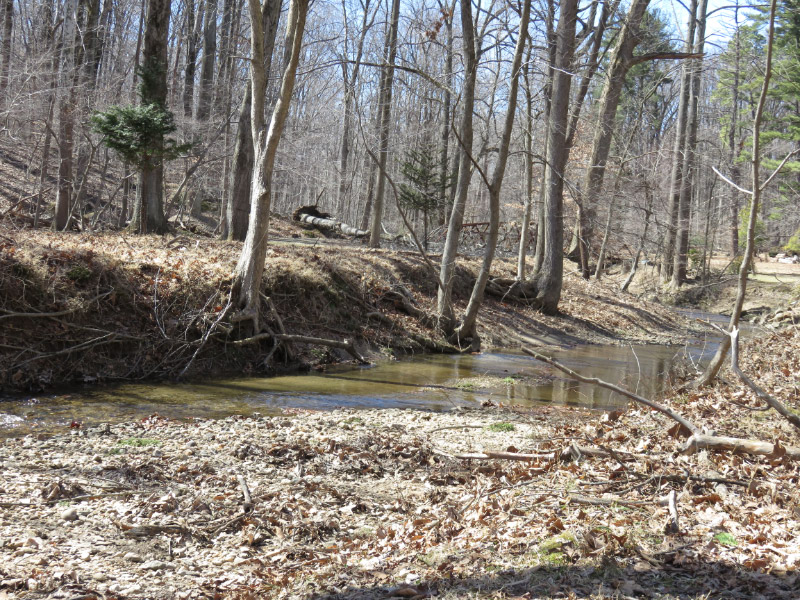
Other examples of human impacts take a longer period. The view of the forests on the east coast has changed dramatically now that the American Chestnuts are gone (almost all of them succumbed to the Chestnut Blight in the 1900s); they were the dominate (most numerous) tree in the forest. That history is harder to realize because it is about something missing. As I look into the forest behind my house - the most numerous trees are the tulip poplars. They are tall - but they don’t produce the large and reliable crop of nuts that the chestnuts did (for animals and people).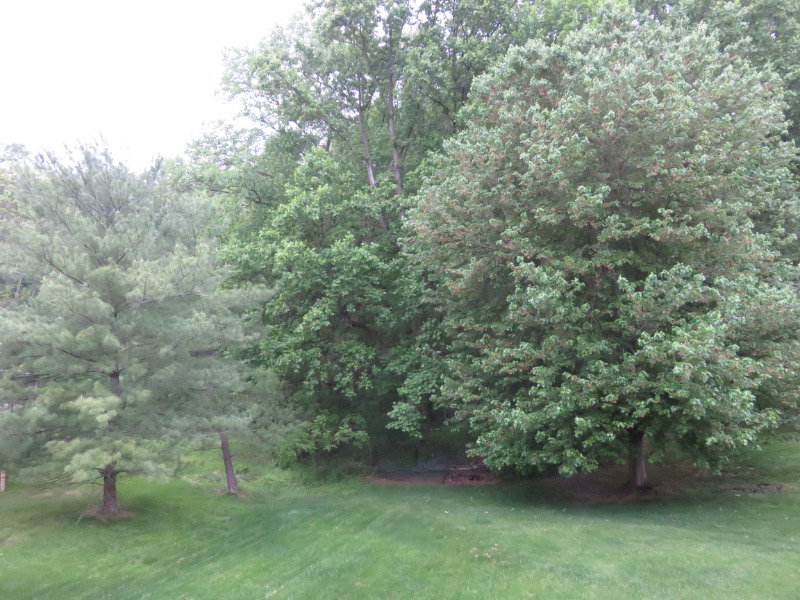
What about organisms that are not usually noticed? If you take a walk shortly after a rain - there might be earthworms on the forest path. Did you know that they are not ‘native’ to North America but brought in ballast from Europe during colonization? How did they change the forest? The leaf mulch was not cycled as quickly by the native organisms which means that the forest floor in precolonial times was cooler and wetter than it is now. How different did those forests look?

